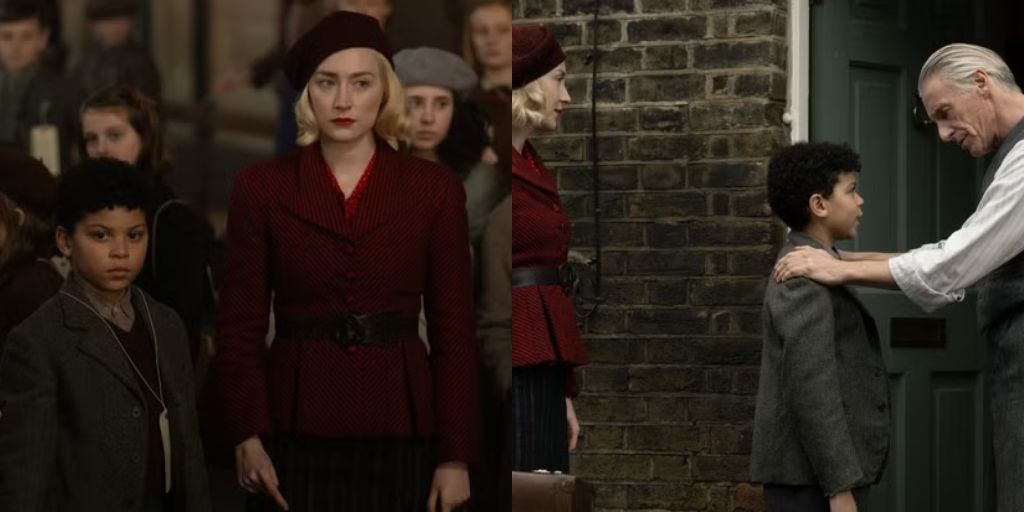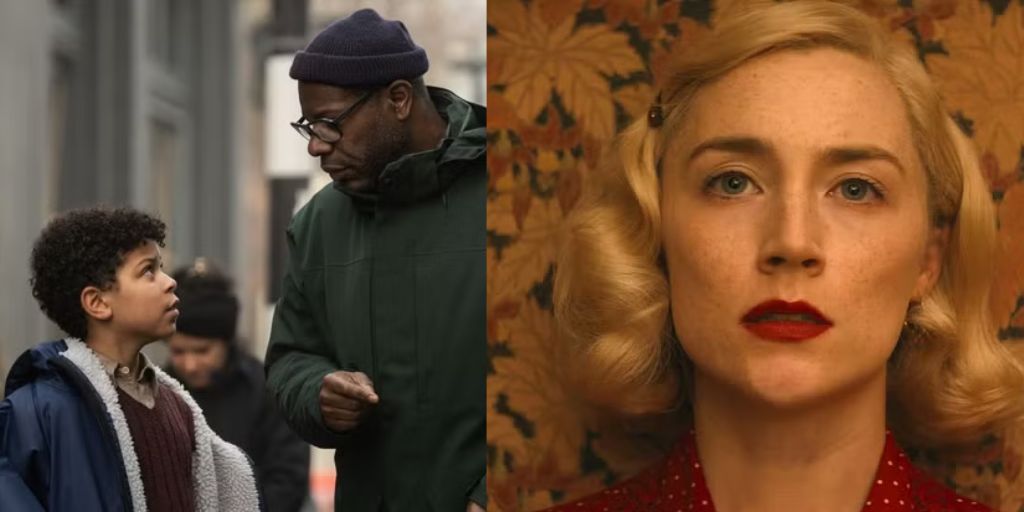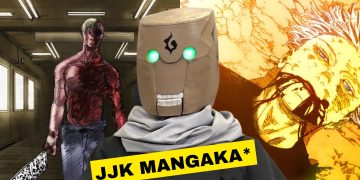Many people think they have seen all the stories from World War II. Steven Spielberg has shown us the chaotic battles of Normandy and the moments of kindness in hopeless situations. Quentin Tarantino has added humor and creative twists to the story of how the U.S. fought the Nazis.
We have also seen love stories, zombie movies, and children’s tales set in this time. Most famous WWII films focus on the bravery of allies, especially the U.S. and Great Britain, as they fight against Hitler and Nazism. However, it is rare to see how the war affected people far from the frontlines, such as single mothers, the working class, and people of color.
Oscar-winning director Steve McQueen aims to change this by taking viewers into the lives of people in London during the Blitz of 1940. McQueen does not want to glorify white male soldiers or romanticize a time filled with tragedy and loss. Instead, he wants to show the strength and unity of humanity when facing great challenges.
What Is ‘Blitz’ About?
“Blitz” tells the story of Rita, played by Saoirse Ronan, a working-class woman living in the East End of London with her father, Gerald, and her young son, George.
Rita is trying to make the best of her life amid the chaos of war. George’s father is a Black man from Grenada who is not in the picture, leaving Rita to raise their son alone. This setting gives us a look into the lives of people who often remain unseen in WWII stories.
The film takes place in September 1940, marking the beginning of the infamous Blitz, during which German forces dropped bombs over London almost every night.
One night, after a frightening evacuation to the underground tube station, Rita makes a heart-wrenching decision to send George to the safety of the countryside. It is a choice she does not make lightly. George, upset and feeling abandoned, angrily tells her he hates her as the train pulls away, leaving Rita devastated.
Rita’s friends at the ammunition factory try to lift her spirits, but nothing can fill the void left by George’s departure. Meanwhile, George, already feeling isolated and bullied for his race, decides to return to London.
He jumps off the moving train, beginning a dangerous journey through a city in ruins. His adventure exposes him to various characters, including a kind soldier who cares for him and a group of thieves with darker intentions.
A Boy’s Journey in a War-Torn City
At first glance, a boy’s journey home to his mother might not seem like a compelling plot for a WWII film. It might remind some viewers of fantasy stories rather than a serious film from a respected director. The journey is also ironic because George, the so-called “hero,” only faces more danger.
From the moment he jumps off the train, viewers anticipate an adult will come to rescue him and return him to safety. However, it quickly becomes clear that George’s journey is not the film’s main focus. Instead, it serves as a way for McQueen to reveal the harsh realities of life in London during wartime.
We also see Rita’s struggle to cope with life without her son. She can no longer ignore the harshness of reality by drinking with friends or flirting with soldiers. Flashbacks show Rita enjoying life before the war—dancing, drinking, and falling in love. But now, the war has hardened her.
She volunteers at a homeless shelter, where one of the most powerful scenes unfolds. A character named Mickey, played by Leigh Gill, gives a speech about the importance of community during desperate times. He emphasizes that people of all races and classes must come together when hope seems lost.
His comment about Jesus sounding like a Communist, as Christians follow the teaching to “Do unto others as you would have them do unto you,” is one of many lines in “Blitz” that challenges long-held beliefs that have divided communities for years.
Steve McQueen Shines a Light on Minorities During WWII
What Steve McQueen is doing with “Blitz” reminds us of the work of Irish playwright Sean O’Casey nearly 100 years ago. In 1926, during a time when Ireland celebrated its independence from Great Britain, O’Casey highlighted how war and violence affected the most vulnerable: children, women, the mentally ill, and those in the working class.
O’Casey faced protests for challenging the glorified view of war, showing it was not the triumph everyone thought it was. Similarly, while McQueen’s film may not feel revolutionary today, it offers a fresh perspective in a genre often dominated by narratives featuring white male heroes.
The character in “Blitz” who resembles the traditional soldier we expect in such films is Ife, a Nigerian-British soldier played by Benjamin Clementine. He meets George while the boy is showing a museum about the British Empire. In this moment, Ife slowly realizes how people who look like him have faced systematic cruelty throughout history.
When a white man tries to divide the shelter based on race, Ife intervenes, refusing to let hatred create a barrier. The heroes in “Blitz” are not the high-ranking military figures but rather the everyday people working to protect the vulnerable.
Immersive Experience of War’s Danger and Horror
Steve McQueen is known for showing the cruelty of humanity in his films. His 2013 Best Picture winner, “12 Years a Slave,” features intense scenes of physical abuse against Black slaves. In “Blitz,” we do not see as much violence between people. Instead, McQueen allows the dangers of war to speak for themselves.
The film opens with firefighters struggling to control a raging fire in bombed buildings. The scene’s intensity is heightened by a chilling score, drawing viewers into the chaos of the moment.
“Blitz” stands out as McQueen’s most immersive film. Each setting, from a flooded train station to a lively jazz club, makes viewers feel as though they are in the room with the characters. This connection makes the tragic scenes even more powerful.
One particularly striking moment occurs during a vibrant night in an upscale club. People celebrate engagements and enjoy the performances of talented musicians. Just as the audience revels in the joy, the film shifts to show George being forced by thieves to steal jewelry from the dead bodies of those who were just alive and full of hope.
London as the Main Character
It is a cliché to say a city is a character in a story, but in “Blitz,” London is truly a central player. While Rita and George are the main characters, the film focuses on the diverse individuals they meet along their journeys.
McQueen gives each character depth, ensuring that none feel flat or unimportant. Even the antagonist, a thief named Albert, played by Stephen Graham, illustrates what happens when individuals with severe mental illness do not receive help.
Saoirse Ronan shines as Rita, skillfully portraying the worried mother. Although it may not be her most demanding role, she excels at showing Rita’s struggle to find hope amidst destruction. Ronan captures the essence of a conflicted person trying to help her community while dealing with her pain.
George’s relationship with Rita drives the film, and the young actor Elliott Heffernan matches Ronan’s performance beautifully. He maintains a childlike innocence while confronting heavy themes like racism, grief, and the realities of war.
A standout moment occurs when Ife enters the story, providing a calm presence in George’s chaotic life. While Ife may not fight on the frontlines, he embodies the best of humanity, demonstrating that kindness and respect are important in times of despair.
One disappointment with the cast is the underuse of Harris Dickinson, whose character simply longs for Rita from across the street. While his performance may not shine, the focus remains on the essential messages conveyed through the characters and their experiences.
McQueen’s Skillful Storytelling
After creating one of the best historical epics of the 21st century with “12 Years a Slave,” expectations were high for Steve McQueen’s return to historical dramas. He not only meets these expectations but surpasses them. Although the film is not without flaws, such as a rushed and anticlimactic ending, it offers a powerful scheme of humanity amid chaos.

For viewers seeking the emotional depth and broad scope McQueen showcased in his Oscar-winning film, “Blitz” delivers a compelling experience. It serves as a slice-of-life story, focusing on the human experience against the backdrop of one of history’s deadliest conflicts.
The film evokes a whirlwind of emotions, from despair to hope, as it immerses audiences in the everyday struggles of Londoners.
With impressive action sequences, heartfelt character moments, and outstanding performances, McQueen demonstrates his talent for bringing personal human stories to life on a grand scale.
“Blitz” reminds us that even amid war and destruction, the resilience of the human spirit shines through. The film is not just about Rita and George; it is about all the people who lived, loved, and struggled in London during a time of crisis.
“Blitz” stands out as a vital addition to the canon of World War II films. It highlights the importance of community, empathy, and the shared human experience in the face of adversity.
Steve McQueen’s thoughtful storytelling sheds light on the often-overlooked lives of ordinary people, proving that their stories are just as important as those of soldiers on the battlefield.





